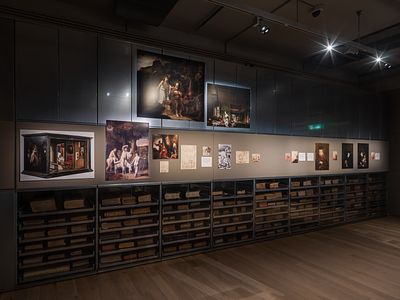STUDY ROOM | 22.06.2022 – 15.01.2023
IN SEARCH OF CLUES
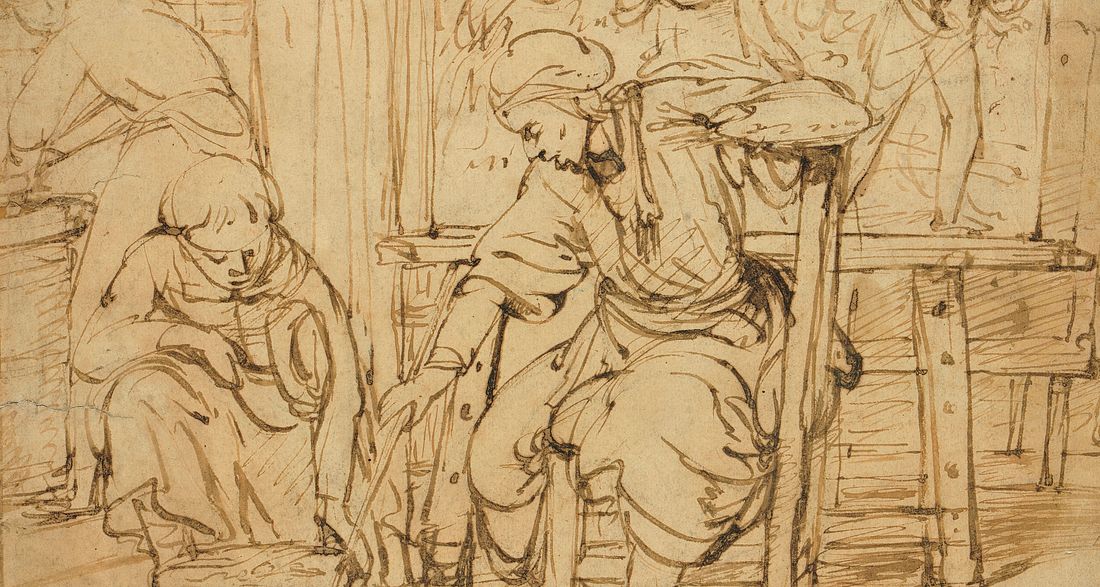
Whether a drawing is unequivocally attributed to an artist depends on a number of different givens. If the artwork is signed, there is a high probability of scoring a hit. But how do attributions actually work in the case of drawings that are not signed? Or, to go even further: Can sketches and studies be attributed to artists or groups of artists, teachers or students in the first place?
Studying has often been precisely about copying, appropriating and learning, and thus, particularly in drawings, sketches and studies that were not produced as saleable artworks, parallels and similarities can be found. Who, then, is the originator? Can that even be determined in retrospect?
In the collection of drawings and studies of the Liberna Collection, there are a few examples by means of which it is possible to track down what amounts to the detective work of searching for clues. The cabinet exhibition in the study room shows it by the examples of a drawing now attributed to Rembrandt Harmensz van Rijn (1606−1669) and a drawing denied to Jan Lievens (1607−1674).
Studying has often been precisely about copying, appropriating and learning, and thus, particularly in drawings, sketches and studies that were not produced as saleable artworks, parallels and similarities can be found. Who, then, is the originator? Can that even be determined in retrospect?
In the collection of drawings and studies of the Liberna Collection, there are a few examples by means of which it is possible to track down what amounts to the detective work of searching for clues. The cabinet exhibition in the study room shows it by the examples of a drawing now attributed to Rembrandt Harmensz van Rijn (1606−1669) and a drawing denied to Jan Lievens (1607−1674).
.jpg?locale=en)
Rembrandt Harmensz van Rijn (nach Jan Lievens), Sitzender alter Mann mit Stock, 1631 (?)
| © Draiflessen Collection/Liberna Collection, Foto/photo: Stephan Kube
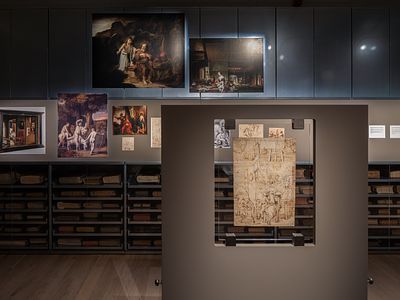


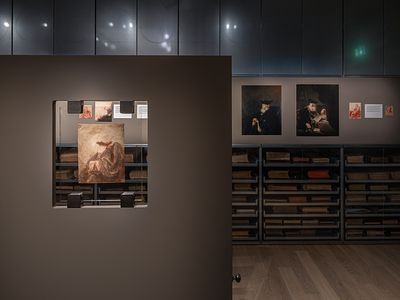

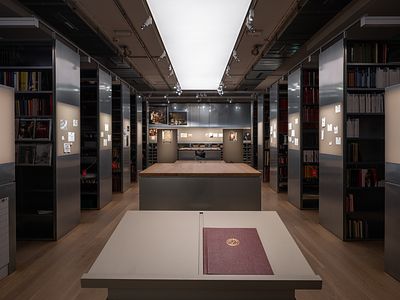
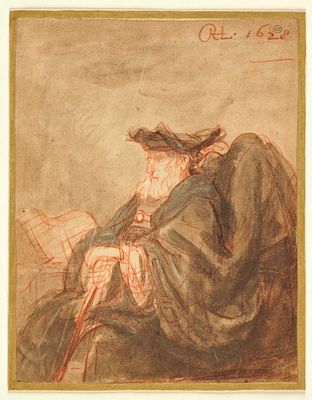.jpg?locale=en)
